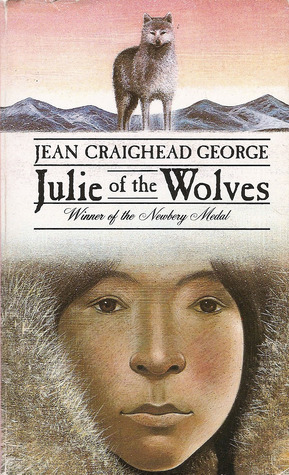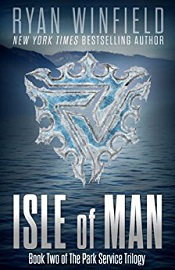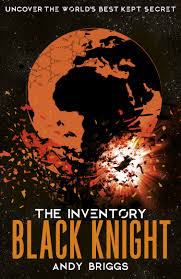Written by Jean Craighead George, illustrated by John Schoenherr.
1973 Newbery Medal Winner

Overall: 4/5. A lot of content crammed into a book less than 200 pages. Jean Craighead George has written quite a few books – one of which being My Side of the Mountain that was read out-loud by my teacher in third grade, so her writing style brought with it a bit of nostalgia. I loved the cultural sensitivity of the story, and the obvious respect for nature that George brings to the page.
Summary (as taken from the book’s Amazon listing): Miyax, like many adolescents, is torn. But unlike most, her choices may determine whether she lives or dies. At 13, an orphan, and unhappily married, Miyax runs away from her husband’s parents’ home, hoping to reach San Francisco and her pen pal. But she becomes lost in the vast Alaskan tundra, with no food, no shelter, and no idea which is the way to safety. Now, more than ever, she must look hard at who she really is. Is she Miyax, Eskimo girl of the old ways? Or is she Julie (her “gussak”-white people-name), the modernized teenager who must mock the traditional customs? And when a pack of wolves begins to accept her into their community, Miyax must learn to think like a wolf as well. If she trusts her Eskimo instincts, will she stand a chance of surviving?
Story: 4/5. What starts out as a drama regarding a young girl facing the crappy-end of an arranged marriage (surprise – arranged marriage gone bad? Who’da thunk) turns into more of a naturalist survival book combined with the most unique “coming of age” story I’ve personally come across. Being told from the point of view of someone who is facing a very real cultural shift being born in an Eskimo community and forced to adapt to modern American life is an interesting read, but as an adult I read it more as “immensely sad” than interesting to be quite honest.
The story reads as a weird hybrid between character narrative and National Geographic written documentary. The behaviors of the wolves and how they interact with one another actually check-out as far as my fact checking went, as well as the Eskimo traditions Miyax uses to keep herself alive in the harsh climate are all real. This was the most rewarding part of the story for me. I was fairly concerned starting this book out, realizing that George is a white woman (at least that’s what I’m assuming based on her image – I could be wrong, granted) writing a narrative about an Eskimo woman.. I worried it would come off a little, how should I say it, “non-PC”????? I was wrong – it’s actually written very tastefully and believably.
My only real gripe with the story was how “black and white” Miyax seemed to view the world. It felt like she was implying her only options were;
A, stay with her father as an Eskimo and isolate herself in this life, or
B, become a 100% modern woman.
Definitely felt like there could have been a happy medium, but alas.
Characters: 3/5. There’s really not a whole lot of characters in the story outside of Miyax and the wolves she interacts with, but they’re done well enough in such a brief book that I couldn’t ask for more, really.
I loved that when faced with a dangerous situation (of which there are many in this story – both physical and emotional) Miyax is the type to escape, to better herself, and learn from the events which is a GEM compared to some throwaway female leads that I’ve gotten used to reading.
The Pros:
– Culturally appropriate – all practices are real and come from George’s first hand experiences.
– Easy to read and interesting writing style
– Fast paced without feeling rushed
The Cons:
-Super unsatisfying ending considering the content.
I’d recommend this book to anybody who is interested in learning about other cultures or who have a passion for nature. Pretty enjoyable overall.
Advertisements Share this:




